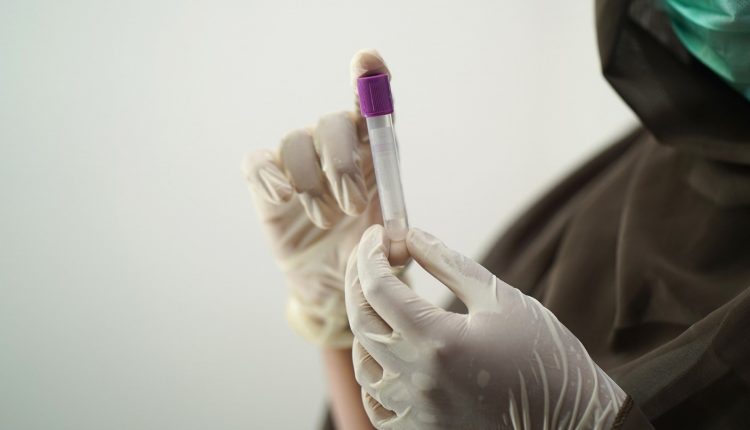
7 TIPS ON HOW TO IDENTIFY FAKE URINE
How do you know if your URINE drug test kit is fake? How do you make sure that your employee isn’t trying to fool you with cleverly disguised fake urine? What are the most common signs of fake URINE? These 7 tips on how to identify fake URINE will give you more info on fake urine you need to make sure your test results are legit.
1) Is your urine yellow?
If your urine is yellowish in color, it could be due to dehydration or a sign of a health problem like liver disease. If you experience dehydration, which can occur from excessive sweating or vomiting, be sure to drink plenty of water. If your urine is dark yellow and not accompanied by other symptoms, there’s no need for concern; it’s just a side effect of what you’ve eaten. Remember: The darker and more concentrated your urine appears, the more dehydrated you are.
2) Is there an unpleasant odor?
If your sample smells, even if it’s faintly, then it’s not real. Also, know that there are a number of test strips available in drug stores that can let you know for sure whether or not your sample is fake. The most common way these are used is by dipping them into your urine and waiting for them to change color—but, unfortunately, these also aren’t foolproof. You may be better off paying attention to other indicators that something isn’t right with your sample.
3) Does it contain sediments?
If you are going to conduct a drug test in your workplace, it is important that you first know how to spot a fake sample. If you see any sediments like white residue or even red or brown color in it, then it is most likely fake. They usually use these colors as a dye for their synthetic urine so that it looks more genuine. However, it can still give an accurate result if not tested with suitable devices.
4) Is the color different?
Before you start freaking out, remember that urine is naturally yellow in color. However, it shouldn’t be a neon greenish yellow or brown. If your pee looks like Dr. Pepper and you haven’t consumed any within 24 hours, something is amiss. Is there an odd smell?: Normal pee should have a very mild ammonia-like scent, but beware of any sudden change in odor – especially if it smells sour or fruity like wine or fruit punch.
5) Is there foam present?
Typically, a fake sample will have a frothy layer of foam floating at its top. This means that chemicals such as bleach were added in order to imitate human urine. Urine from real humans, on the other hand, is void of any kind of foamy residue, because it contains natural chemicals that prevent it from foaming. If you do notice a lot of foam, avoid using that sample and look for another one. It’s best to err on the side of caution when dealing with sensitive situations like these.
6) Does it contain any particles?
It is unlikely that a fake urine sample would contain real urine particles since they are hard to imitate. However, if you do see any particles floating in your sample then it may not be fake after all. Whether or not these particles have been contaminated during collection is up for debate, but regardless of what caused them, there’s no denying that seeing them can call into question whether or not your sample is genuine.
7) Does your urine smell like chemicals or metal?
Normal urine shouldn’t smell like chemicals or metal. If it does, you may have a condition called uremic fetor—which isn’t particularly dangerous but is an indication that you need to see a doctor (to rule out more serious conditions). Uremic fetor could be caused by excessive protein in your diet, kidney disease, liver disease, or even dehydration. In any case, if your pee smells strange and you aren’t feeling well otherwise, talk to your doctor about it.

